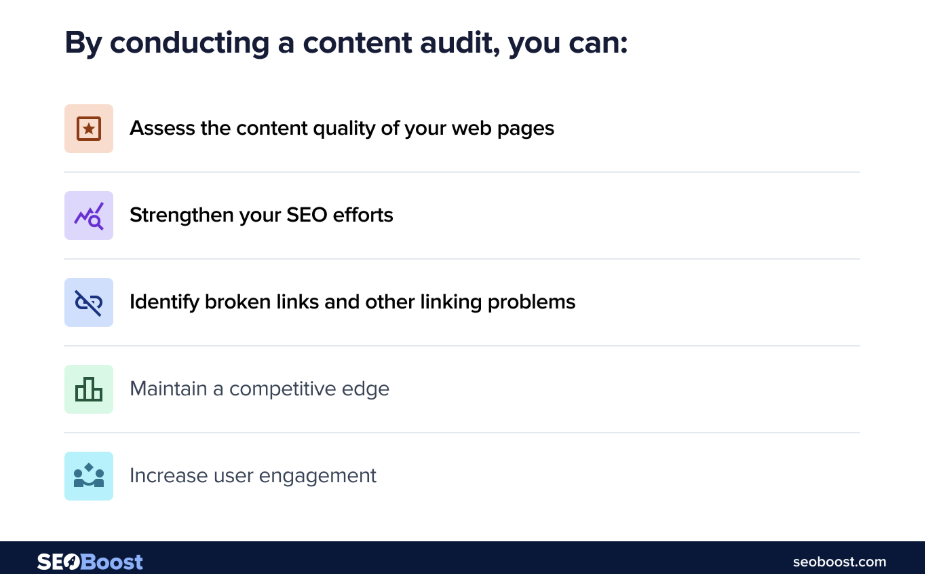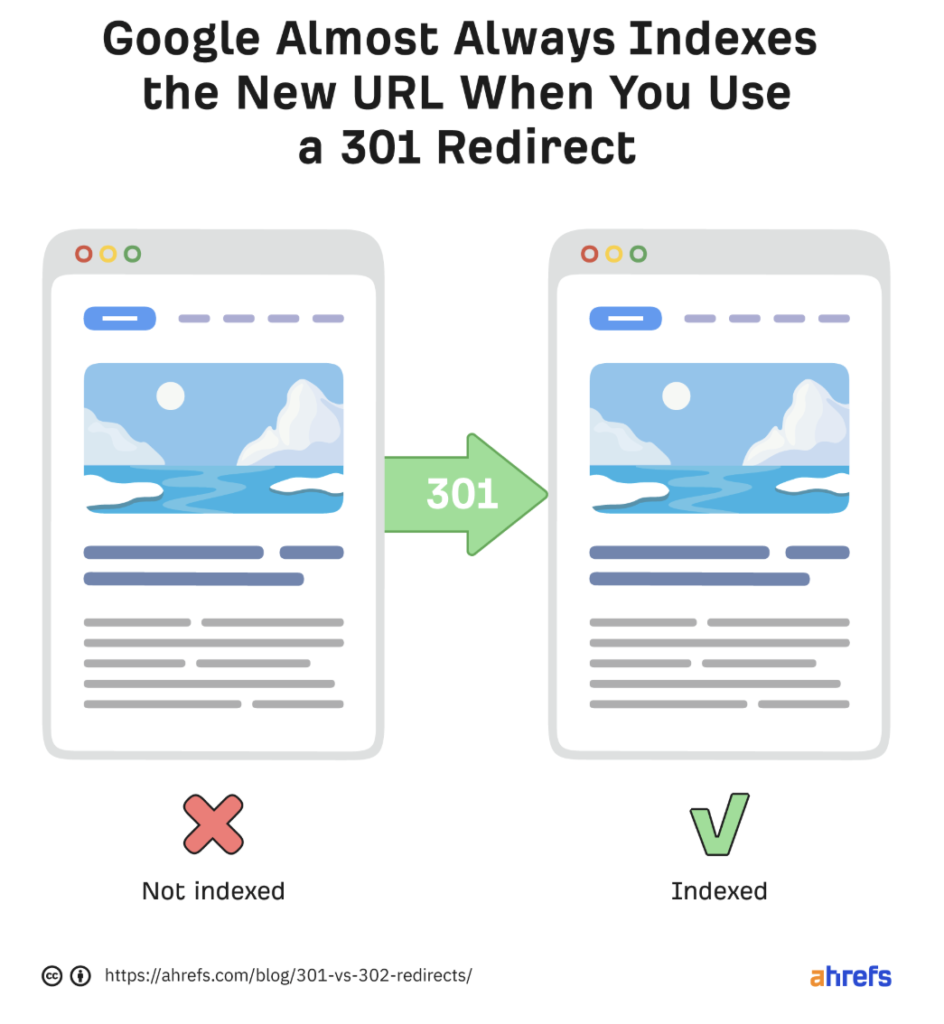Keyword cannibalization in WordPress: How to identify and fix it


WordPress powers an impressive 43% of all websites, so if your site runs on WordPress, you’re in good company. With that kind of reach, it’s no surprise that many site owners focus on driving more organic traffic. After all, organic search is one of the most effective ways to boost both engagement and visibility over the long term.
For more context, research shows that organic search accounts for 94% of all clicks. So, ranking well in search results is absolutely crucial for getting eyes on your content and potential customers to your site. But what happens when your own content starts competing against itself in search results? That’s exactly what we will be discussing today.
We’ll break down what keyword cannibalization is and why it matters for your WordPress site’s performance. Most importantly, we’ll give you the actionable steps that will help you identify and fix it. You’ll also learn smart ways to prevent it as your content library grows.
What is keyword cannibalization?
The first thing we need to do is break down keyword cannibalization. Put plainly, this is when there’s an internal conflict where your own pages compete instead of working together to build authority for a specific topic.

Cannibalization can be harmful to your SEO strategy.. When search engines like Google find multiple pages on a site targeting the same keywords, they may struggle to determine which one is most relevant or authoritative for the search query.
This confusion leads to several negative outcomes:
- Diluted authority – Instead of concentrating link equity and authority signals on one strong page, that power is split among several weaker pages. None are able to achieve their full potential.
- Lower rankings –Because authority is fragmented and search engines are uncertain, all the competing pages often rank lower than a single, optimized page would. You might see pages fluctuating in rankings or stuck on lower search result pages.
- Reduced organic traffic – Lower rankings mean less visibility and fewer clicks from search engine results, directly impacting your traffic numbers.
- Wasted crawl budget – Search engines have a limit on how many pages they’ll crawl on your site. If they’re spending time trying to figure out which of your similar pages is best, they might miss crawling your important new content.
- Confused internal linking – You might link to different pages with the same anchor text, which can further confuse search engines about your site’s primary authority on that topic.
- Poor user experience and conversions – A user might land on a competing page that isn’t your most comprehensive or relevant content for their search, potentially leading to a bad experience and lower conversion rates.
From a user’s perspective, seeing multiple results from your site for the same terms can be confusing and make your site seem less focused. There are several reasons keyword cannibalization can occur. Here are a few of the most common reasons:
- Lack of content strategy – Not having a clear plan that maps specific keywords to specific URLs before content creation.
- Creating overly similar content – Publishing multiple posts or pages that cover basically the same topic with only slight variations, targeting the same core keywords.
- Targeting broad keywords – Using very broad keywords across multiple pages instead of focusing on unique, more specific long-tail variations for each piece of content.
- Site growth over time – As your website expands, you might unintentionally create new content that overlaps with older articles you’ve forgotten about or didn’t update.
Understanding what might be causing keyword cannibalization is usually the first step in the process. With that in mind, let’s look at how to find these cannibalization issues on your WordPress site.
Identifying keyword cannibalization in WordPress
By now, you’re familiar with keyword cannibalization and its associated problems. Now, it’s time to find it on your site. Here are a few ways you can do this quickly and effectively.
Conduct a content audit
Performing a content audit is one of the most thorough ways to uncover cannibalization. It can be a significant task for larger sites, but it’s valuable for overall site health.
Here’s how you can get started:
- List your content – Gather a list of all your indexable pages and posts. Your sitemap (usually yourwebsite.com/sitemap.xml) is a good starting point, or you can use a site crawler tool.
- Gather key info – For each URL, note the URL, the target keyword (if you had one), the actual topic, the title tag, and the date it was published/updated.
- Map keywords – In a spreadsheet, list your URLs and the keywords they target or rank for (you can get ranking data from tools or Google Search Console, which we will discuss below). Look for the same keyword appearing next to multiple URLs.
- Analyze for overlap – Review the titles, descriptions, and content of pages that target the same keywords. Your goal is to figure out if they’re distinct enough for both to exist or if they might be better consolidated into one article.
While manual, this process provides a deep understanding of your site’s content. Ultimately, it’s one of the most accurate ways to figure out which keywords are cannibalizing each other. There are plenty of other advantages to conducting an audit. Here are a few to keep in mind:

Use SEO plugins and tools
SEO tools simplify the process of identifying cannibalization. Dedicated tools like SEMrush or Ahrefs can help you analyze your rankings and can specifically flag instances where multiple pages are ranking for the same words.
WordPress SEO plugins like Yoast SEO or AIOSEO also help, primarily as a preventive measure. They allow you to set a “focus keyword” for each post or page. While they don’t scan your whole site for existing cannibalization, using this feature consistently can prevent new issues.
If you try to use a focus keyword you’ve already assigned, the plugin might alert you, prompting you to reconsider your topic or keyword choice. For identifying existing, site-wide issues based on actual ranking data, dedicated crawling and analysis tools are often more effective.
Google Search Console
Google Search Console (GSC) is a free, powerful tool that uses data directly from Google to help you find cannibalization. This method is based on real ranking information.

Here’s how to use GSC:
- Open performance report – Go to GSC for your site and access the “Performance” report.
- Examine queries – Look at the “Queries” list, which is the search terms people use to find your site. Identify keywords you suspect might be causing problems.
- Filter by query – Select a specific keyword you want to investigate.
- View pages – Now, press the “Pages” tab above the main graph. This shows you every page on your site that received impressions or clicks for that particular search query.
- Spot multiple URLs – If you see multiple URLs listed for the exact same query, you’ve likely found a case of keyword cannibalization. Note down these competing pages so you can make adjustments.
Using GSC is excellent because it shows you how Google sees your page ranking for specific terms. Once you have the list of competing URLs from GSC, you can then use a content audit approach to examine them more closely. Now, you have a good idea of how to find out if any of your content is competing. The next step is to start fixing these problems.
How to fix keyword cannibalization
Finding the problems is crucial, but resolving them is where you’ll see results. There are several great ways to fix keyword cannibalization on your WordPress site. The best approach depends on your specific situation and goals.
Merge similar content or pages
Merging similar pages is often the best approach when you have two or more underperforming pages that cover the same topic and target the same keyword.
How to do it:
- Choose the best page – Select one page to be the primary, authoritative version. This should ideally be the one that already ranks best, is most comprehensive, or has the most backlinks.
- Combine content – Take the unique, valuable information from the weaker pages and integrate it into the chosen master page. Expand and improve the master page to make it a truly comprehensive resource on the topic.
- Implement 301 redirects – Set up 301 (permanent) redirects from the URLs of the weaker pages to the URL of the new, consolidated master page. This is vital for telling search engines that the content has moved permanently and for transferring any accumulated authority to the new page. Most WordPress SEO plugins make setting up 301 redirects straightforward.
Merging creates one strong, authoritative page that’s clear to both users and search engines, consolidating the authority that was previously split. Over time, the master page will start to generate even more traffic from the other pages.

Redirect outdated or less effective pages
Sometimes, you might have an older page ranking for a keyword, but you have a newer, better page that should take its place. Merging might not be necessary if the content isn’t identical, but the old page is just stealing traffic or confusing search engines. You can do this by looking at your existing content and determining the newer, better, or more relevant page that should rank for the term.
Next, you’ll want to set up a 301 redirect from the old page’s URL to the newer page’s URL. This signals to search engines that the old content is outdated and directs users to the current, relevant resource.
This is useful when you’ve updated your information or created a superior resource on a similar but distinct topic. You’ll want to make this a regular part of your quarterly content audit so you can fix these pages before keyword cannibalization turns into a bigger problem.
Adjust the content’s focus with unique keywords
If competing pages are similar but not identical, and their keyword targeting is too broad, they may be cannibalizing each other. In this case, rather than merging, a better approach is to adjust each page’s focus with distinct, more specific keywords.
How to do it:
- Refine keywords – Conduct more specific keyword research for the competing pages. Find related, longer-tail keywords or variations that each page can uniquely target. For example, instead of two pages targeting “content marketing tips,” one could focus on “content marketing tips for beginners” and the other on “advanced content marketing strategies.”
- Edit content – Revise the content on each page to align specifically with its new, unique target keyword. Ensure the content is distinct and addresses the specific user intent behind its keyword variation.
- Update on-page elements – You’ll want to update the title tag, meta description, headings (H1, H2, etc.), and body text on each page to clearly reflect its unique target keyword and refined focus.
When done correctly, this strategy allows you to keep both pieces of content, which can help them rank for different (though related) search terms. Ultimately, this will improve your overall presence in search results without causing internal conflict.
Optimize meta tags, titles, and descriptions
We hinted at this in the last tip, but it’s certainly worth having a standalone section. Optimizing your on-page SEO elements is crucial for clearly signaling the primary focus of each page, especially after making changes.

These are the elements we suggest you optimize every time you produce a new piece of content or update an old article.
- Title tags – The title tag is incredibly important for showing Google and your audience that the page is relevant. For this, make sure each page’s title tag clearly includes its unique primary target keyword, ideally near the beginning. You’ll also want to craft compelling titles that accurately reflect content and encourage clicks.
- Meta descriptions – There’s no question that meta descriptions influence click-through rates. So you’ll want to write unique, compelling descriptions for each page that include the target keyword and a call to action or benefit. For more context, over 40% of people say they’re more likely to click on a site if it has a detailed meta description.
- Headings (H1, H2, H3, etc.) – Use headings to structure content logically. Make sure your target keywords and related terms are included in these headings naturally. The H1 should usually contain the page’s main target keyword.
Regularly reviewing and updating your content, including meta tags and titles, is generally a good SEO practice. It’s worth noting that updating old posts can significantly boost organic traffic.

Research shows it can even double organic traffic, and 71% of marketers report more traffic after updating keywords in existing content. This highlights why this strategy is such an essential part of growing your audience and fixing keyword cannibalization in content.
Preventive strategies
Fixing existing cannibalization is essential, but preventing it from happening in the first place is even better for long-term SEO health. Integrating preventive measures into your content workflow is one of the most important things you can do to stop keyword cannibalization before it becomes a problem.
Here are some tips to keep in mind:
- Conduct in-depth keyword research – Go beyond brainstorming and use tools to find exactly what your audience searches for. Explore keyword variations and long-tail terms so you can come up with even more content ideas.
- Use keyword mapping – Create a central map (a spreadsheet works well) that assigns specific target keywords to individual URLs on your site (existing or planned). Before creating new content, check your map to ensure you aren’t targeting a term you have already covered. If you are, consider updating the existing content instead of creating a new page or giving the new content a distinctly different keyword focus.
- Build your content calendar – Use a calendar to plan your content topics and their mapped keywords. This gives you a visual overview of your content marketing strategy and helps avoid accidental overlap.
- Improve site structure – A logical, hierarchical site structure helps search engines understand how your pages relate. Organize content into categories and subcategories. This natural grouping can help differentiate distinct topics.
- Add internal links – Your internal links should support your keyword mapping. When linking internally, use descriptive, keyword-rich anchor text and link to the most authoritative page on that specific topic. You’ll want to avoid using the same anchor text for multiple pages for the same core topic.
- Content silos – For larger sites, creating content silos can build topical authority and prevent cannibalization. Siloing involves physically grouping related content (via URL structure or internal links) to build depth around specific themes. This helps search engines determine which areas of your site are most knowledgeable about specific topics.
Stop keyword cannibalization today
Keyword cannibalization is a common challenge, especially as your WordPress site grows. But it’s not a reason to panic. It is something you need to be aware of and address.
Your best approach is regular monitoring. Utilize the methods we discussed to identify potential issues. Once you spot them, fix them promptly by merging, redirecting, or refining content focus and on-page elements. Then, invest in a preventative strategy so you can get some much-needed peace of mind.
By understanding keyword cannibalization, learning how to identify it, and applying these fixes and preventive measures, you’re taking significant steps to optimize your WordPress site. These efforts will help resolve internal conflicts, improve your organic traffic, boost search visibility, and ultimately help you take your business or blog to the next level. Start blending some of these tips into your SEO strategy and see the difference they can make!
